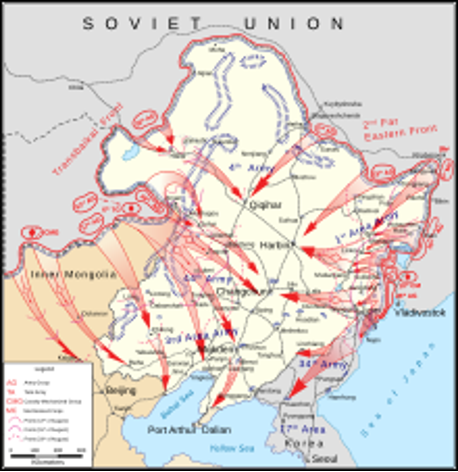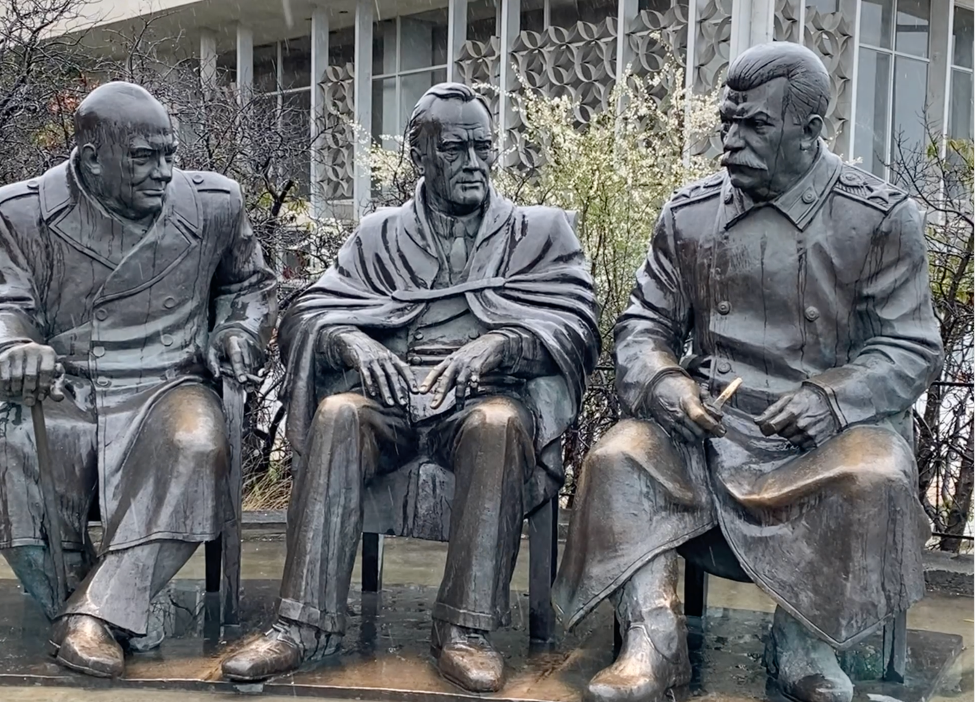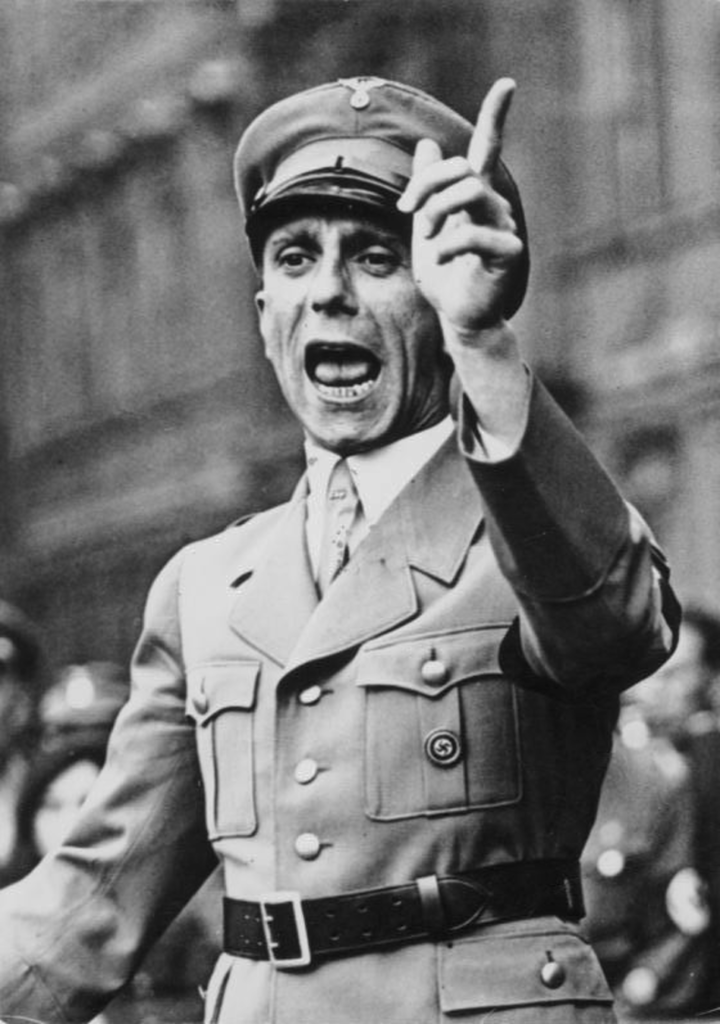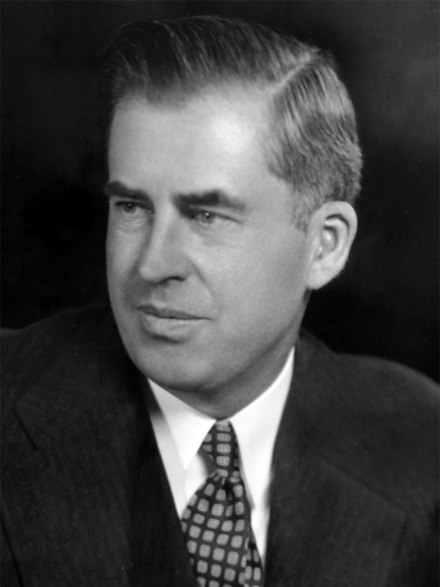Bloodbaths change the world – part 1
The bloodbath in Israel will change the world. We wait for the facts before we write and take this incident as an opportunity to analyze bloodbaths of the past. Lies that changed the world – not for the better.
Peter Hanseler

Introduction
The attack on Israel shocks anyone with a heart. The images defy description. Last weekend, Israelis were slaughtered, now it’s the Palestinians’ turn. Mindless revenge follows a seemingly mindless attack.
This is not the first time that images of a bloodbath have been burned into the consciousness of the world’s population, only to be exploited to stir up fear and justify wars that have claimed the lives of millions of civilians.
The situation is more than confusing. The parties: Israel, Hamas, Hezbollah, Lebanon, Palestinians, Iran, Saudi Arabia, and (as always) the United States. In addition to a Palestinian people who have been victimized for decades, there are countless candidates who offer themselves as backers.
The opinions now being passed around are based on emotions and not on facts. Nevertheless, within a very short time a big culprit must be found, who is suitable to be hated by the shocked public. The New York Times already found it last Sunday: Iran.
“If you don’t question everything, analysis leads to wrong results.”
Emotions are not suitable for analyzing geopolitics. We wait for facts, analyze, think and only then take up the pen.
In the meantime, we deal with events that were presented to the world population as facts, but were lies that changed our world forever for the worse.
We do this to cool and sharpen the reader’s eye. If you don’t question everything, analysis will lead to the wrong conclusion. However, questioning everything also means asking forbidden questions.
In this two-part article, we use two bloodbaths to show how far the U.S. as a world power will go to achieve its geopolitical goals. It creates bloodbaths, misrepresents the facts, and through these lies, which become “facts,” gets a free hand for violent expansion.
We have singled out two events that changed the course of history permanently.
The Dropping of the Atomic Bombs on Hiroshima and Nagasaki – August 1945
A narrative has persisted for 80 years
The narrative of the United States that has persisted in the overwhelming public mind to this day is as follows:
“The dropping of the atomic bombs on Hiroshima and Nagasaki shortened the war and saved the lives of hundreds of thousands of American soldiers.”
American narrative on the August 1945 dropping of the atomic bombs.
This statement is in no way consistent with the facts.
Russia’s role regarding Japan
The most important fact, which the West – and also Japan – did not consider in their analyses, is the role of Russia in the final phase of the Pacific War. Russia’s entry into the Japanese war effort was agreed in writing by Roosevelt, Stalin and Churchill at the Yalta Conference in February 1945.
Russia’s entry into the war requested by General MacArthur
The need for Russia to intervene in the Pacific was raised by the United States. In a letter sent by General MacArthur to General George Marshall, MacArthur stated that an attack on Japan was only possible if the Russians intervened in Manchuria.
“we must not invade Japan proper unless the Russian army is previously committed to action in Manchuria”
MacArthur an Marshall – Racing to the Enemy by Tsuoshi Hasegawa, Seite 41
It was thus the Americans who, out of military necessity, demanded a Russian offensive in the Pacific theater. Russia’s entry into the war against Japan was thus neither a surprise to the West, nor was it based on unilateral initiative by the Russians.
Stalin’s Intentions Before Yalta and His Adherence to the Treaty
Stalin had planned an entry into the war against Japan prior to Yalta. He originally wanted to conquer all of Manchuria, North Korea, part of China and Mongolia. Although the “Operation August Storm”, conducted with over 1.5 million soldiers, brought the Russians huge terrain gains – nota bene within 11 days – Stalin adhered to the Yalta agreement and contented himself with Sakhalin and the Kuril Islands, just as stipulated in the Yalta treaty. So much for Russia’s and Stalin’s reliability in international agreements.

The Yalta Treaty – February 1945
The Yalta Conference took place two and a half months before the surrender of Germany on May 9, 1945. The ” The Big Three ” (Roosevelt, Stalin and Churchill), agreed in 16 points, among others, the creation of the UN, the liberation of Europe, the division of Germany, reparations payments, the prosecution of war criminals, individual questions about individual countries and, finally – as the last, unnumbered paragraph – Japan.

In the agreement of the Yalta Conference of February 11, 1945, Russia’s entry into the war against Japan was thus also regulated. As compensation for entering the war, the Russians were promised, among other things, Sakhalin and the Kuril Islands, as already mentioned.
Yalta seals the military fate of Japan
The Russian invasion, set in Yalta and beginning on August 11, 1945 – exactly three months after the German surrender – thus sealed the military fate of the Japanese. The Japanese were completely overwhelmed by the strategic bombardment of Japan, the American naval blockade and the Russian invasion of Manchuria – and they knew it.
Japan ready for surrender
The Japanese were ready to surrender weeks before the bombing; the only condition was that the Tenno – the Japanese Emperor Hirohito – would keep his throne.
Potsdam Conference – July/August 1945
Between July 17 and August 2, 1945, the Potsdam Conference took place.
The readiness of the Japanese to surrender was known to Truman, Churchill and Stalin. Truman, however, was against sparing the Emperor. At least that was his argument – it should be an unconditional surrender.
The later Supreme Commander for the Allied Powers General MacArthur, who administered Japan after the surrender, argued that keeping the Emperor would guarantee the stability of the Japanese population and thus would make it easier for the American occupation. He prevailed – after the bombs were dropped. Thus, Truman’s argument of saving American lives dissolved into nothing, or better, was exposed as a charade.
Another indication of the purposes for which Truman intended to use the bomb emerged on July 16, 1945.
Test of the atomic bomb – Trinity – July 16, 1945
At exactly 5:30 in the morning of July 16, 1945, Robert Oppenheimer’s team tested the atomic bomb about 340 km south of the Los Alamos research center. The explosion was equivalent to 21,000 tons (kilotons) of TNT and not 10,000 as expected, so the result exceeded the scientists’ forecasts by more than double in terms of impact.
This test took place in secret. Truman, however, did not want to miss the opportunity to show the world – and Stalin in particular – who was master in the house after the war.
Truman informs Stalin
Discreetly and semi-secretly, Truman informed Stalin about his bomb:
At 7:30 p.m. on July 24 […] the participants were walking around, Truman approached Stalin without his interpreter and casually confided:
“We have a new weapon of unusual destructive force.”
Racing the Enemy: Stalin, Truman, and the Surrender of Japan, Seite 154
The justification for the use of the bomb was a lie
The reasons why Truman decided to use the atomic bombs were thus based neither on the military necessity to end the war in order to protect American lives, nor on the unwillingness of the Japanese to surrender. There would have been plenty of time before the planned invasion in November to reach a solution without the bomb.
“The bomb was merely geopolitical marketing by the U.S.”
Nevertheless, Truman’s “justification” – better: lie – about the protection of American soldiers has been preached in almost every documentary since WW2 despite clear facts and thus became a “fact”.
Here we refer to a quote by Joseph Goebbels, which fits the topic better than many would like.

“If you tell a big lie and repeat it often enough, people will eventually believe it.”
Joseph Goebbels
And further:
“One can maintain the lie as long as the state succeeds in shielding people from the political, economic and military consequences of the lie. Therefore, it is of vital importance for the state to use all its power for the suppression of dissent. Truth is the mortal enemy of lies, and therefore truth is the greatest enemy of the state.”
Joseph Goebbels
Truman – die Marionette des militärischen-industriellen Komplexes
Roosevelt saw Russia as an ally and trusted Stalin because – according to Roosevelt – Stalin had always strictly adhered to agreements. After the end of the war, Roosevelt planned to help Russia get back on its feet. This did not please the military-industrial complex, which had become filthy rich through war production.
This group, which had become fabulously rich as a result of the war, wanted to continue earning money after the war. Thus, even after the war, they needed an enemy to present to their people – the Russians. Thus the idea of the “Cold War” was born.
Towards the end of the war, when Roosevelt’s third re-election was pending, Roosevelt was so popular that the military-industrial complex would have had no chance to plot against Roosevelt. However, Roosevelt’s health was already failing by 1944 and it seemed clear that he would not survive the fourth term. Thus, a puppet had to be found who would represent their interests and would certainly become the next president of the USA.

The problem for the group was to get rid of the very liberal, popular and peace-minded Vice President Henry Wallace. They finally succeeded in this endeavor by resorting to highly sleazy measures. Roosevelt was put under pressure. Although Henry Wallace’s chances were absolutely intact and Roosevelt even sent an open letter to the Democratic National Convention advocating Wallace, Truman won the “election.”
“I personally would vote for [Wallace’s] renomination if I were a delegate to the convention”
Präsident Roosevelt vor dem demokratischen Parteikonvent 1944
Truman was thus nothing more than a puppet of the U.S. military industrial complex. He was really forced on Roosevelt and thus on the American people in 1944. The nomination of Truman was an undemocratic charade at the expense of the extremely popular, capable and loyal Henry Wallace, who was not acceptable to the powerful because he represented the interests of the American people and not the interests of the military-industrial complex.
“The dropping of the bombs was thus nothing more than an American marketing campaign at the expense of over 200,000 mostly civilian casualties.”
This “election”, which was not an election, was impressively presented and analyzed by Oliver Stone in his great series “The Untold History of the United States” in 2012 in the third part of the series. The documentary, which was produced by Showtime and was initially also available on Netflix, was banned from the major streaming portals years ago: Too explosive and too honest is the history of the United States presented by Oliver Stone. This truth should not be exposed to anyone. I recommend every reader to watch this series.
The bomb changed the world forever
This great charade of the military-industrial complex changed the course of world history until today. The dropping of the bombs was thus nothing more than an American marketing campaign at the expense of over 200,000 mostly civilian victims.
The election of Truman led directly to the Cold War, which remained truly cold only for the USA and the USSR.
If Henry Wallace had become president of the United States, the atomic bomb would not have been used, a respectful and cooperative relationship that had developed during the war would have continued with Russia after the war. Further, there would have been no cold war and thus there would have been no major proxy wars such as Korea, Vietnam, etc. The USA initiated 201 of the 248 wars between 1945 and 2001 – 81%.
Part 2 preview
That the web of lies surrounding the dropping of the first atomic bombs on Hiroshima and Nagasaki was a very hot iron until recently, even after decades, is shown by the banishment of Oliver Stone’s series “The Untold History of the United States” from the major portals of this world.
In the second part, we will deal with an iron that is still red-hot today: 9/11.
We will keep it short and just use a single picture or video to make you think, to write about the huge impact of this event on our generation and to describe the consequences for the world. In a world in which we have to live, but which will only change if we question everything and have the courage to talk and write about it.
15 thoughts on “Bloodbaths change the world – part 1”